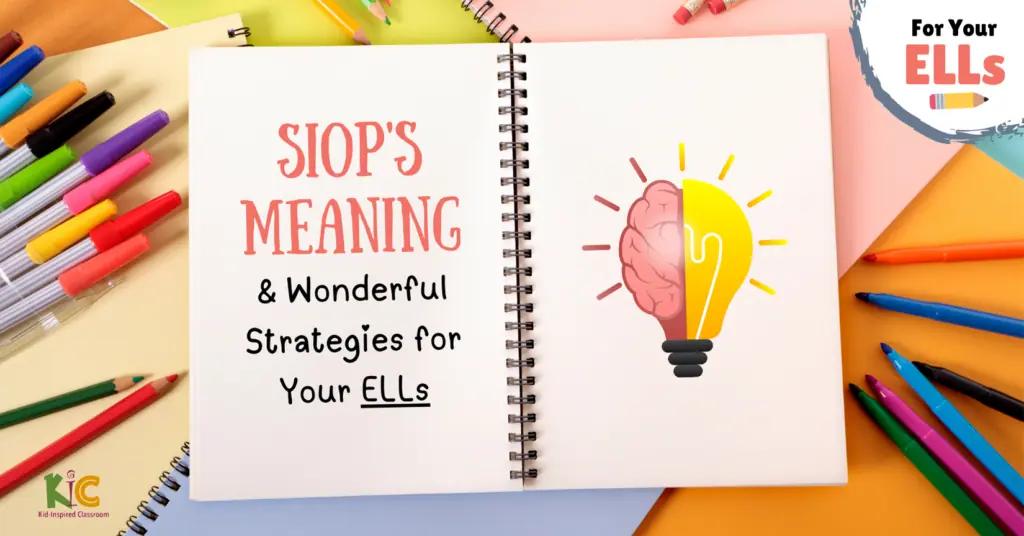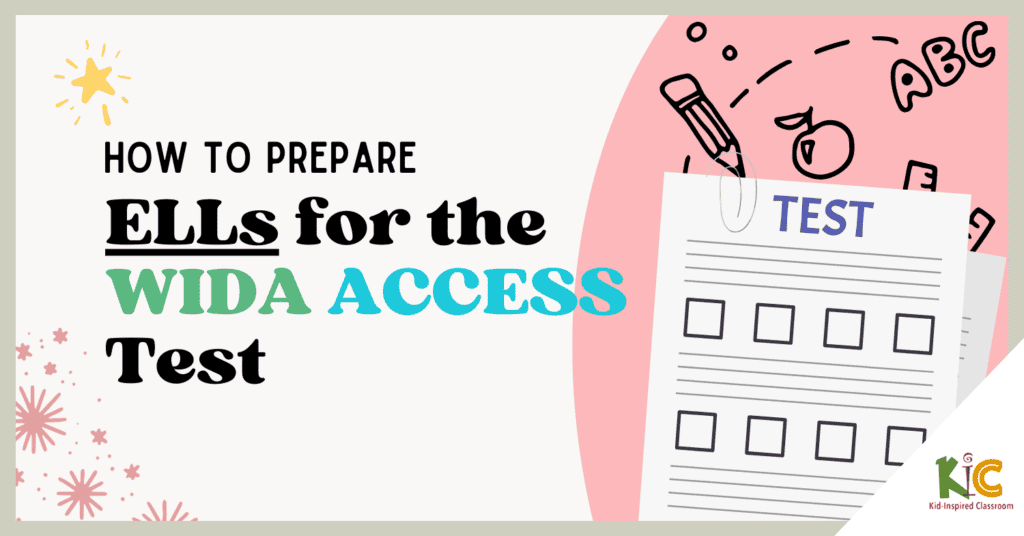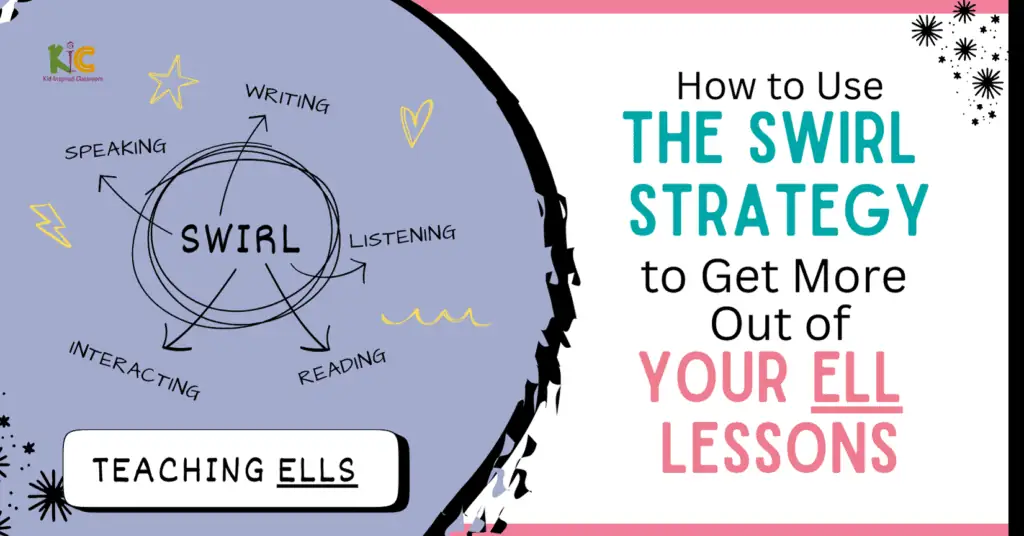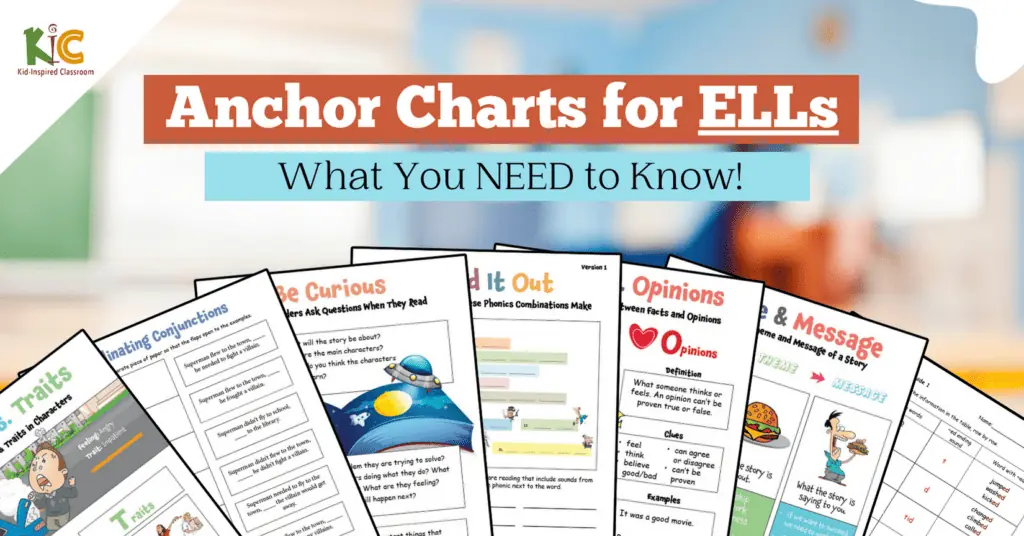
Learning how to learn means—in part—learning how to remember.
For many of our average and weaker students, remembering things is difficult.
Whether the reasons are justified or not, it is frustrating, for them and you.
For example, when I drilled the definition of a be-verb the other day…
As a group:
What is be-verb? Am, is are.
Then with partners:
What is be-verb? Am, is are.
Then individually:
What is be-verb? Am, is, are.
And two minutes later, when I asked Emily:
What is a be-verb?
She looks at me like I’m Quasimodo.
How is it that students remember things?
Well, I would go into the brain chemistry of it, but I wouldn’t have any idea what I was talking about.
The methods that help students remember on the other hand are a little simpler. The most effective means of remembering anything is spaced repetition.
Spaced repetition is simply the process of learning something, waiting until you have almost forgotten it, and then recalling it from memory, over and over.
Research shows that:
- We remember things better when we have almost forgotten it and are then forced to remember it again.
- The harder we work to remember something, the more likely we are to retain it.
- Our brains prioritize things that keep reappearing, things that we are exposed to with repetition.
- With short bursts of manageable content we are more likely to stay interested as opposed to when we are exposed to too much content at one time and become overwhelmed or bored.
So how can we get our English language learners using spaced repetition?
- Stop thinking that because one student answered a question you asked, the rest of the class heard the answer and will remember it. Unless each student is individually recalling material, they are far less likely to remember—unless they are Rainman…or Sherlock...or my student Bianca--who somehow remembers everything that I say.
- Change copying to spaced repetition. Train your students to look at a word or sentence, turn the book over and write the word or sentence from memory. They then look back at the book to see if they are correct. If not, they try again until they can do it from memory.
- Talk less. Shorten what you want to say into a succinct presentation and repeat it multiple times throughout the class, getting the students—all the students—to finish more of your sentences with each round.
- Have multiple activities that each turn around the same concept and require the students to recall the material individually from memory. Start as a group, then give the students a challenge to complete with a partner, then individually, then for homework.
Emily has not suddenly turned into Sherlock. She still has trouble remembering things, but much less so.
It’s like taking the whole range of students in your class—the strong down to the weak—and moving them all up a few notches. A lot of the frustration disappears and is replaced with confidence.
Give it a try!
And let me know what you think in the comments.






